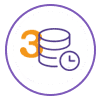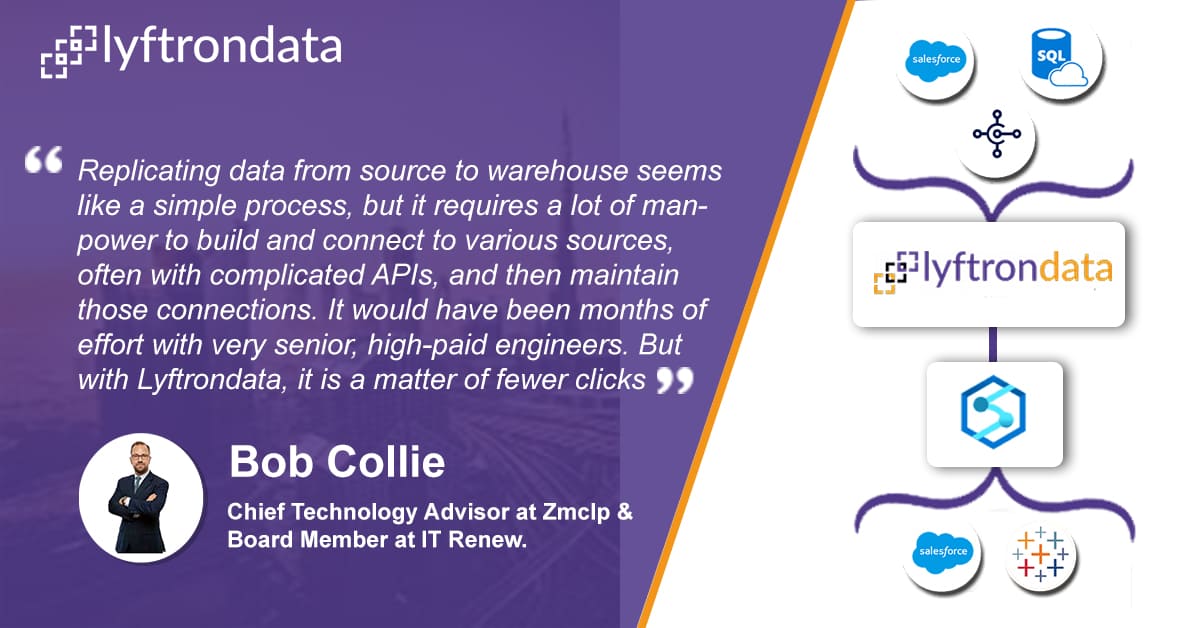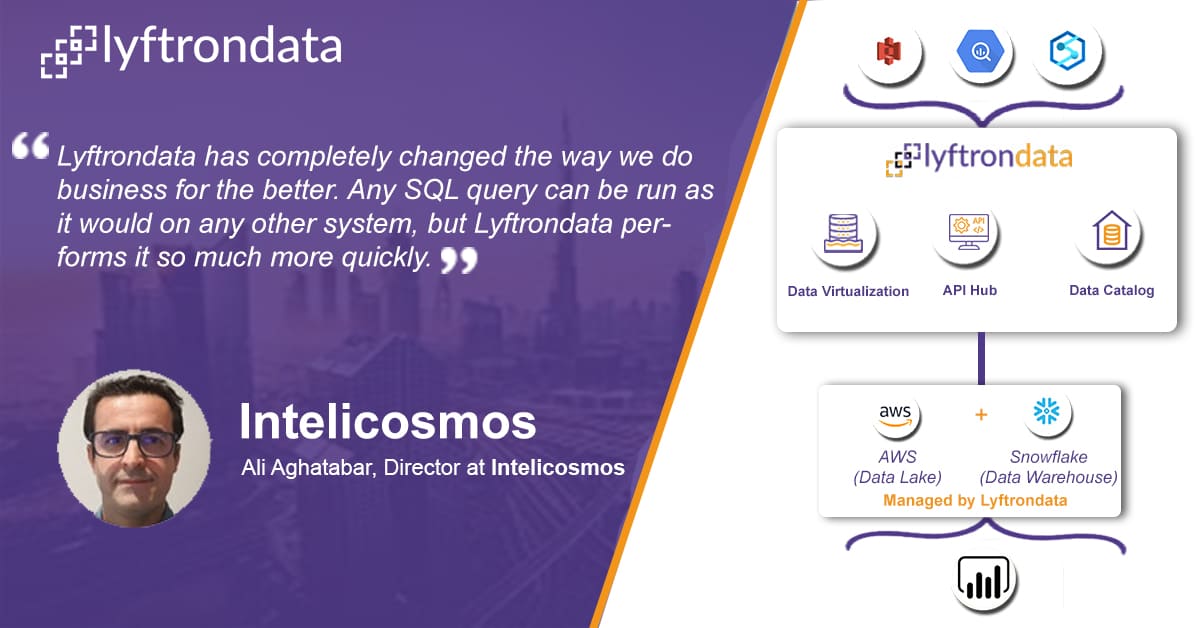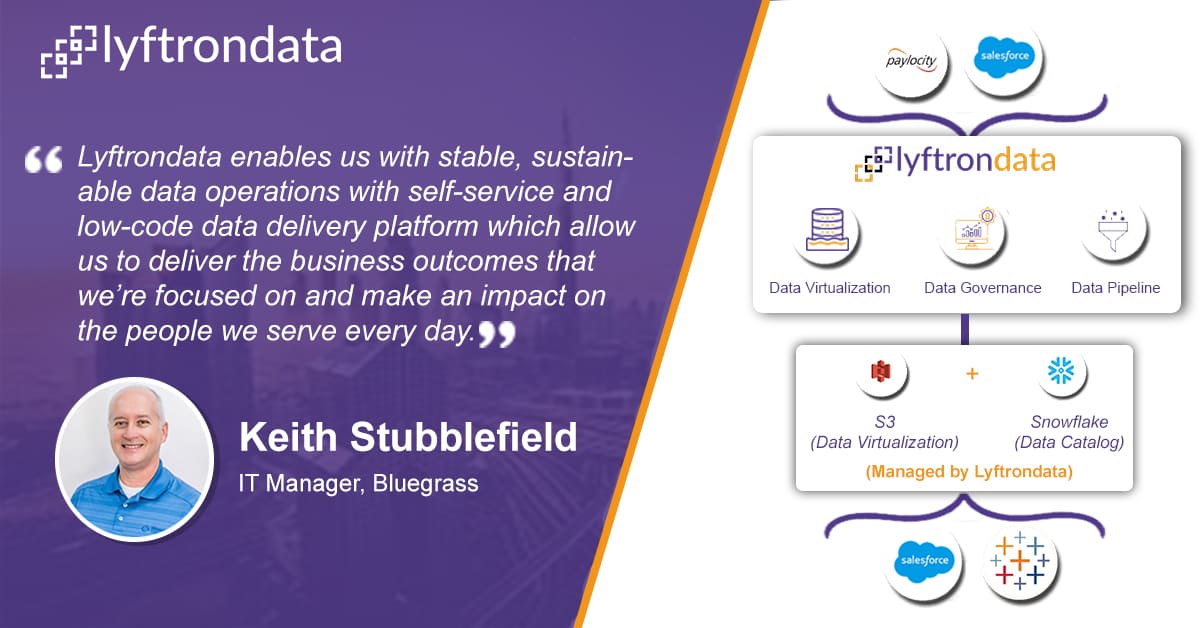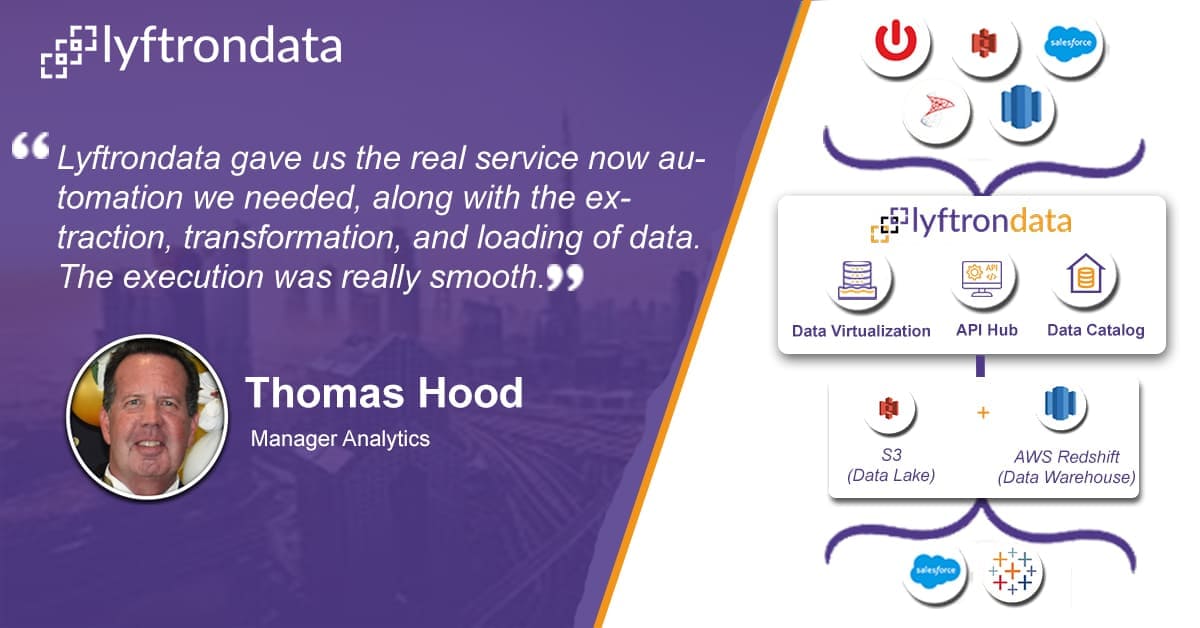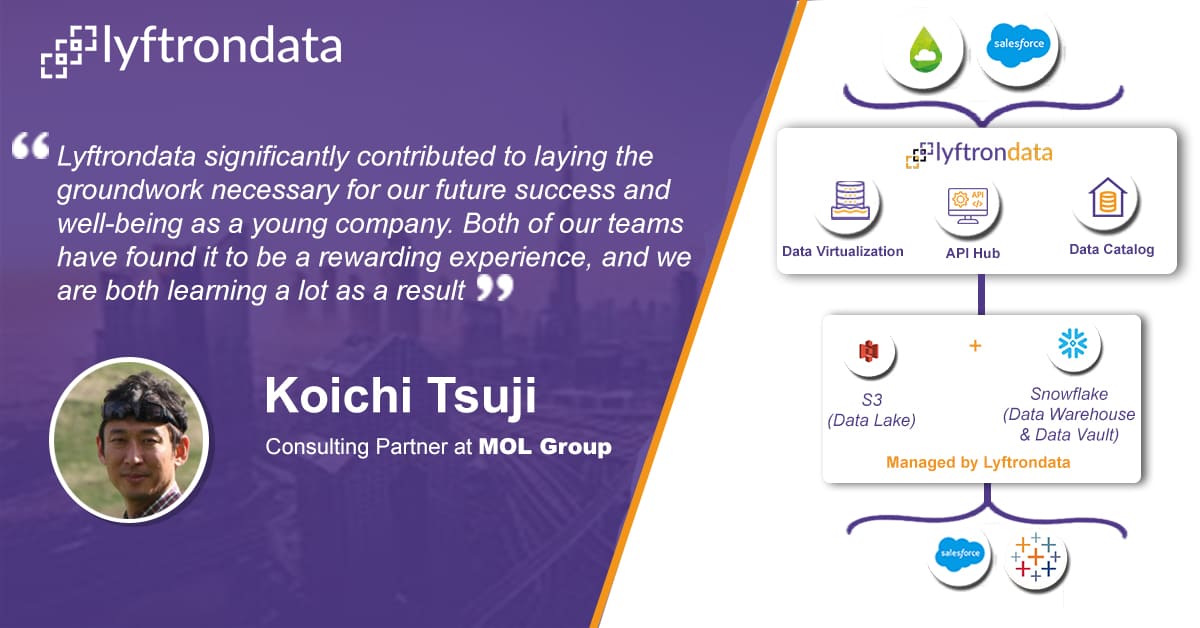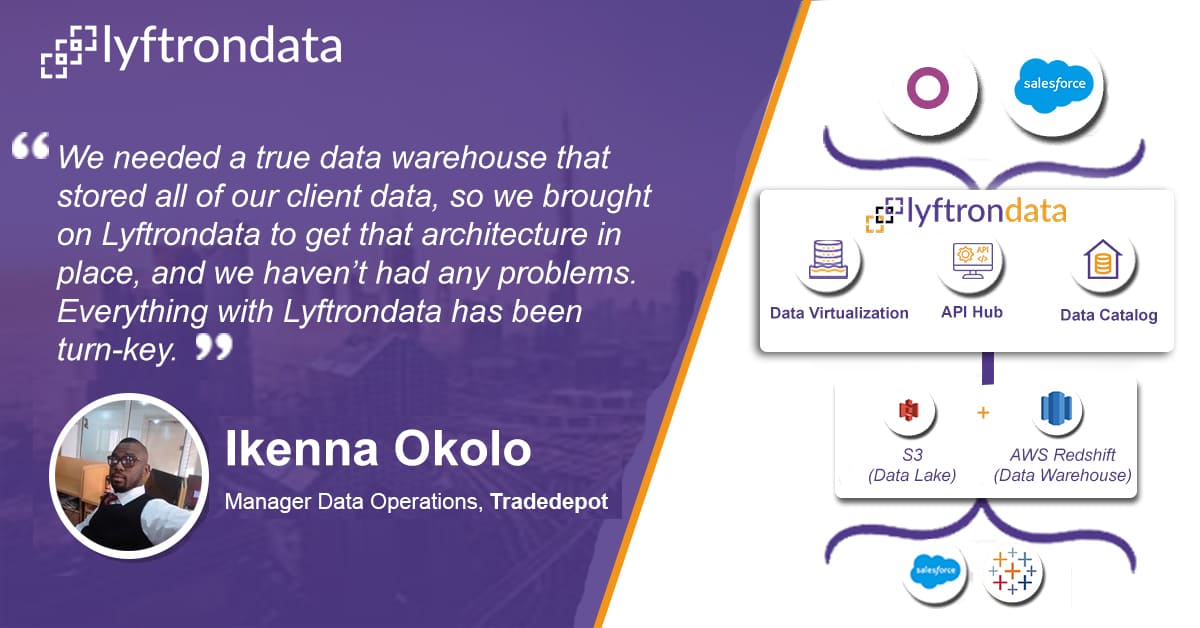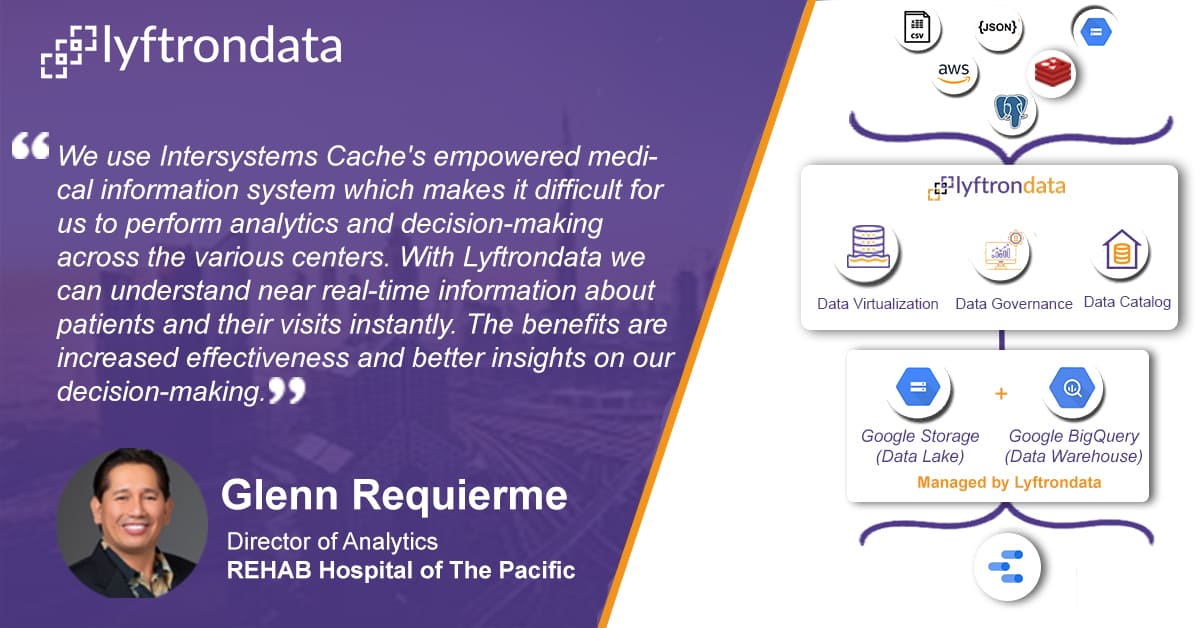200X Acceleration at
1/10th of the cost
Zero
maintenance
No credit card
required
Zero coding
infrastructure
Multi-level
security
Simplify Microsoft CDS integration in
4 simple steps
Create connections
between Microsoft CDS and targets.
Prepare pipeline
between Microsoft CDS and targets by selecting tables in bulk.
Create a workflow
and schedule it to kickstart the migration.
Share your data
with third-party platforms over API Hub
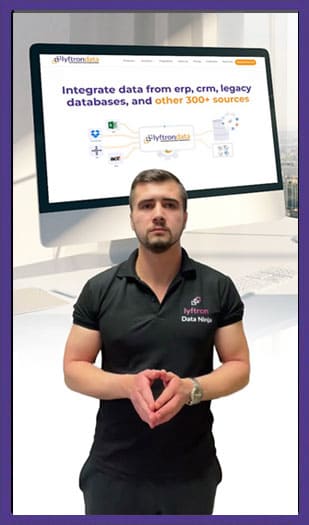
Why choose Lyftrondata for Microsoft CDS Integration?
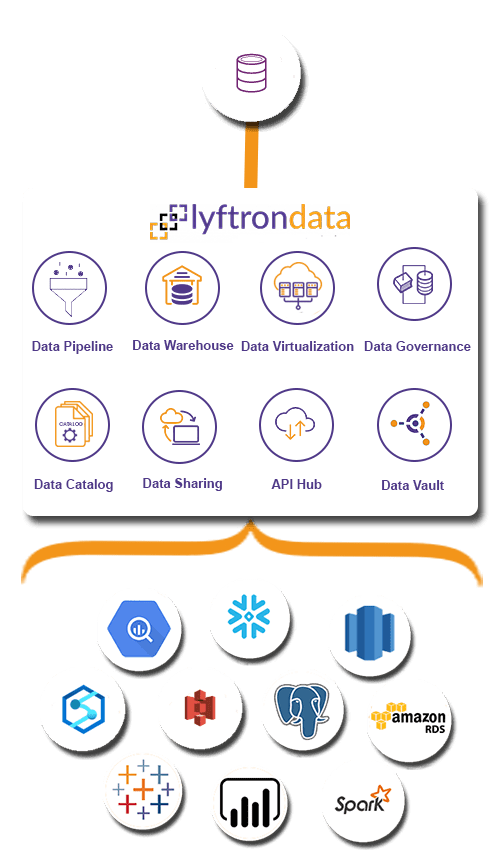

Simplicity
Build your Microsoft CDS pipeline and experience unparalleled data performance with zero training.

Robust Security
Load your Microsoft CDS data to targets with end-to-end encryption and security.

Accelerated ROI
Rely on the cost-effective environment to ensure your drive maximum ROI.
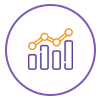
Customer's Metrics
Track the engagement of your customers across different channels like email, website, chat, and more.

Improved Productivity
Measure the performance of your team and highlight areas of improvement.

360-degree Customer View
Join different data touch points and deliver personalized customer experience.
Hassle-free Microsoft CDS integration to the platforms of your choice
Migrate your Microsoft CDS data to the leading cloud data warehouses, BI tools, databases or Machine Learning platforms without writing any code.
Hear how Lyftrondata helped accelerate the data journey of our customers
FAQs
What is Microsoft CDS?
Microsoft Common Data Service Integration lets you securely store and manage data that's used by business applications. Data within Common Data Service is stored within a set of entities. An entity is a set of records used to store data, similar to how a table stores data within a database.
What are the features of Microsoft CDS?
SharePoint Integration: Microsoft CDS ETL offers SharePoint Integration services.
Document Management Settings Wizard: Microsoft CDS Integration can be managed using Document Management Settings Wizard.
Document Templates: Microsoft CDS Connectors tool offers Document Templates.
What are the shortcomings of Microsoft CDS?
Simply the price: The main problem with Microsoft CDS Connectors tool is simply the high price.
Limited number of API requests: Microsoft CDS Integration gets a limited number of API requests that each user can make in a certain period.
Difficult to support long-term: Microsoft CDS ETL has issues with long-term data management.
Make smarter decisions and grow your sales with Lyftrondata Microsoft CDS integration



